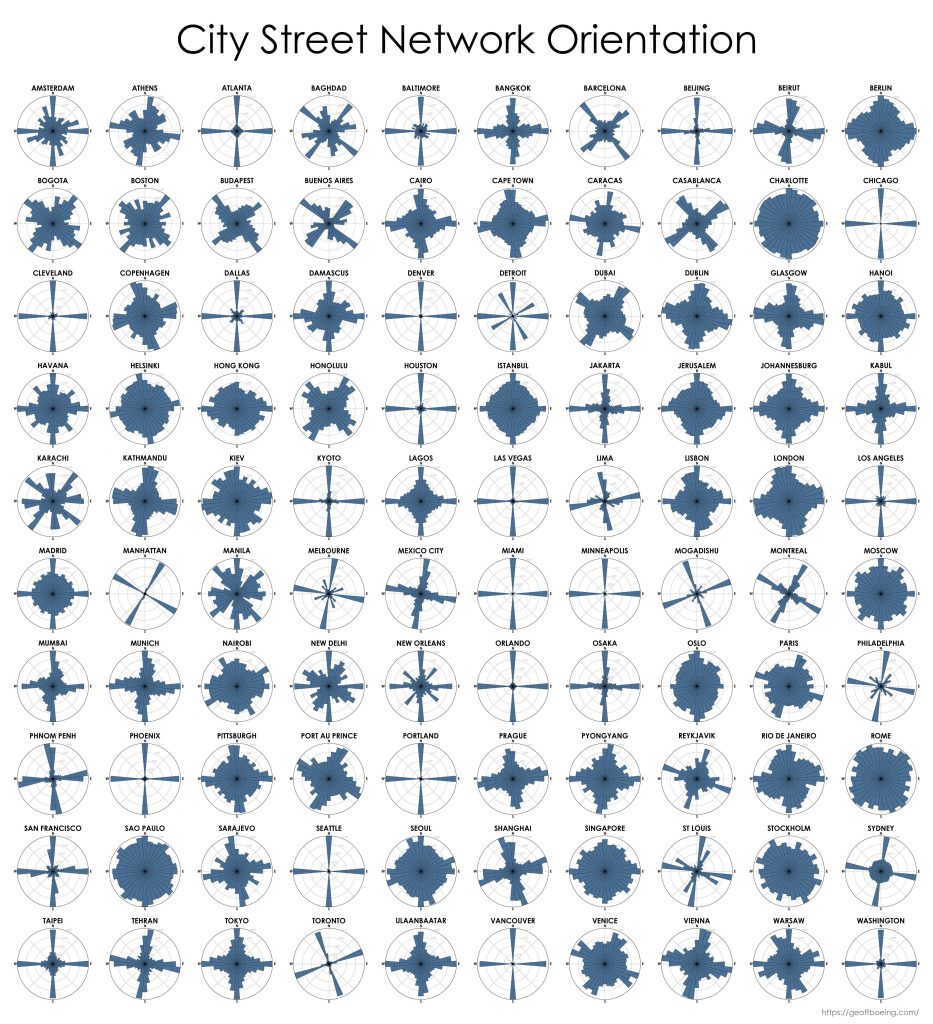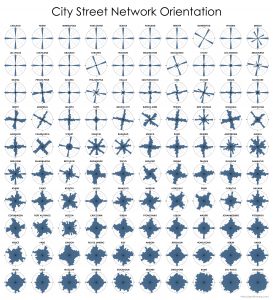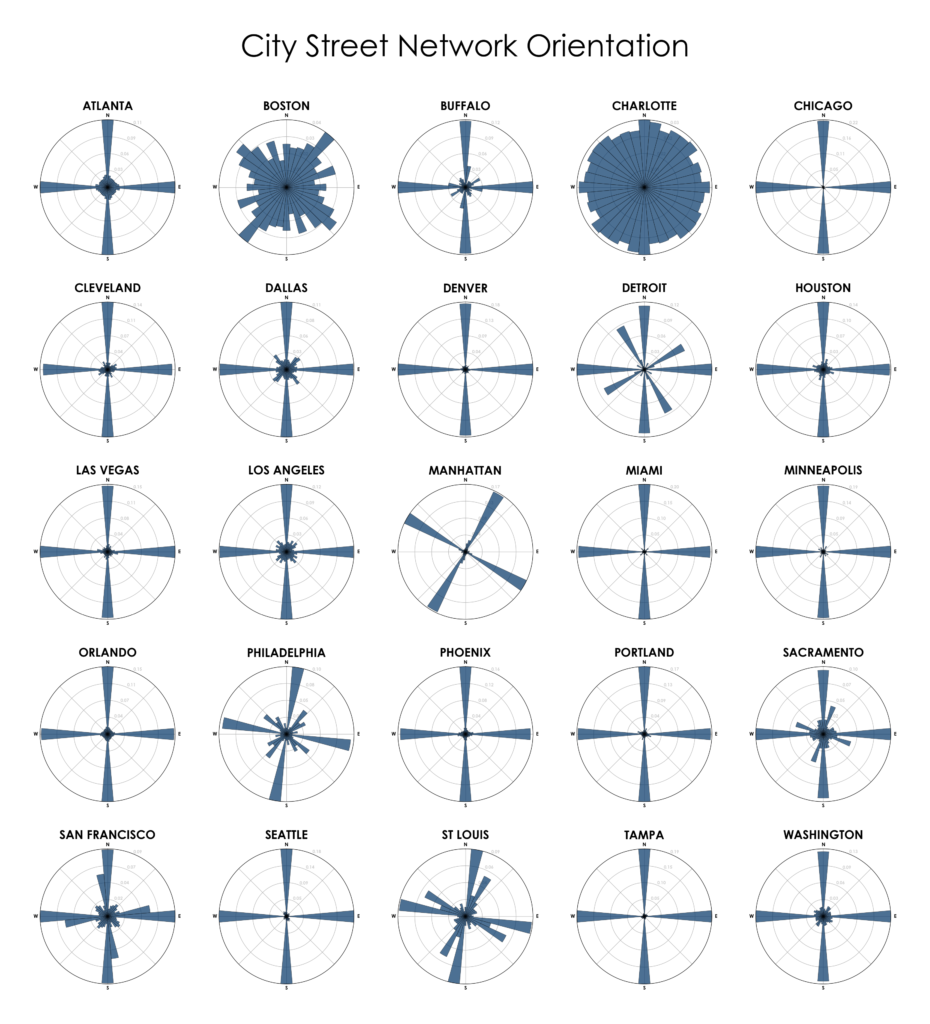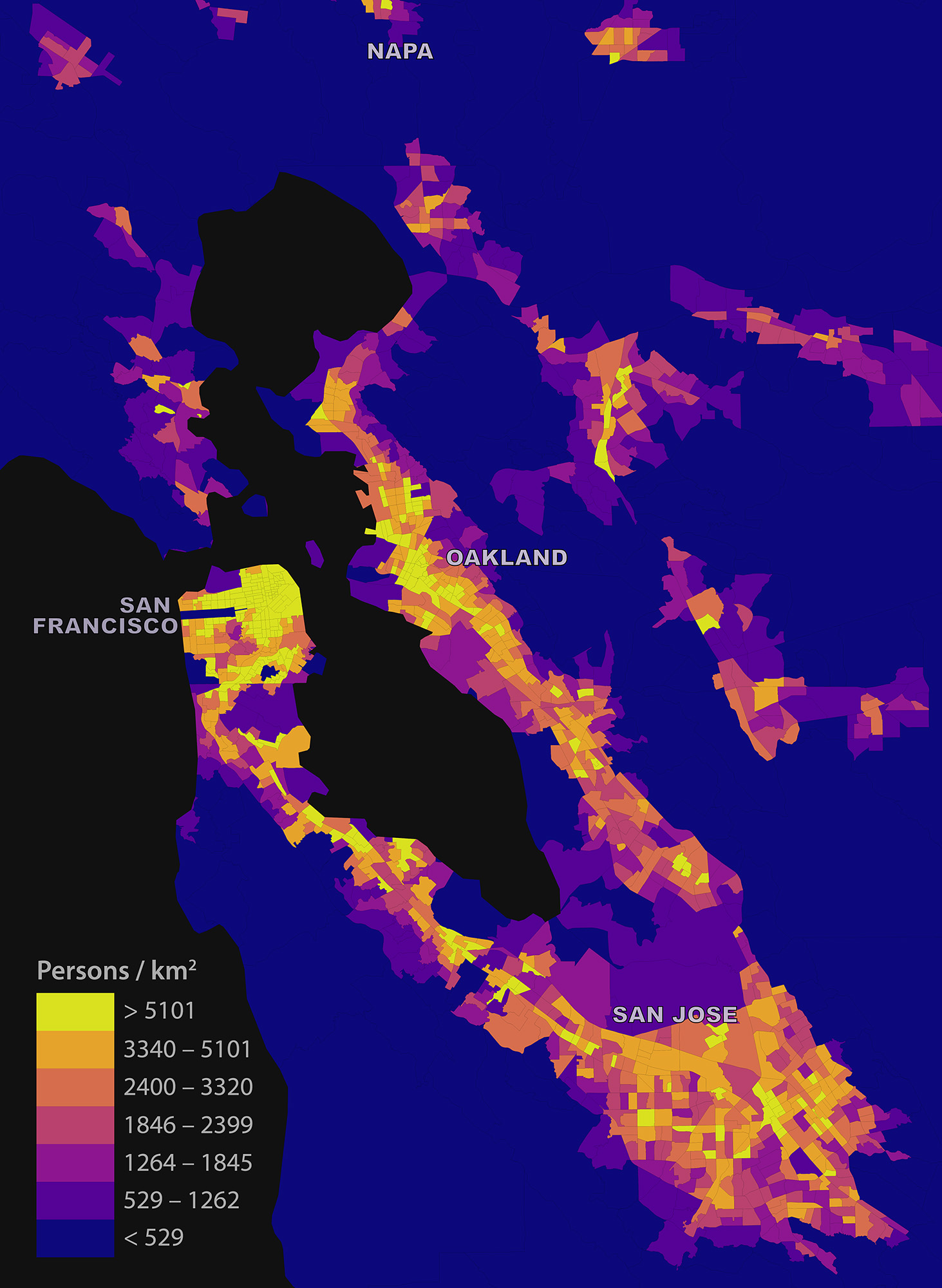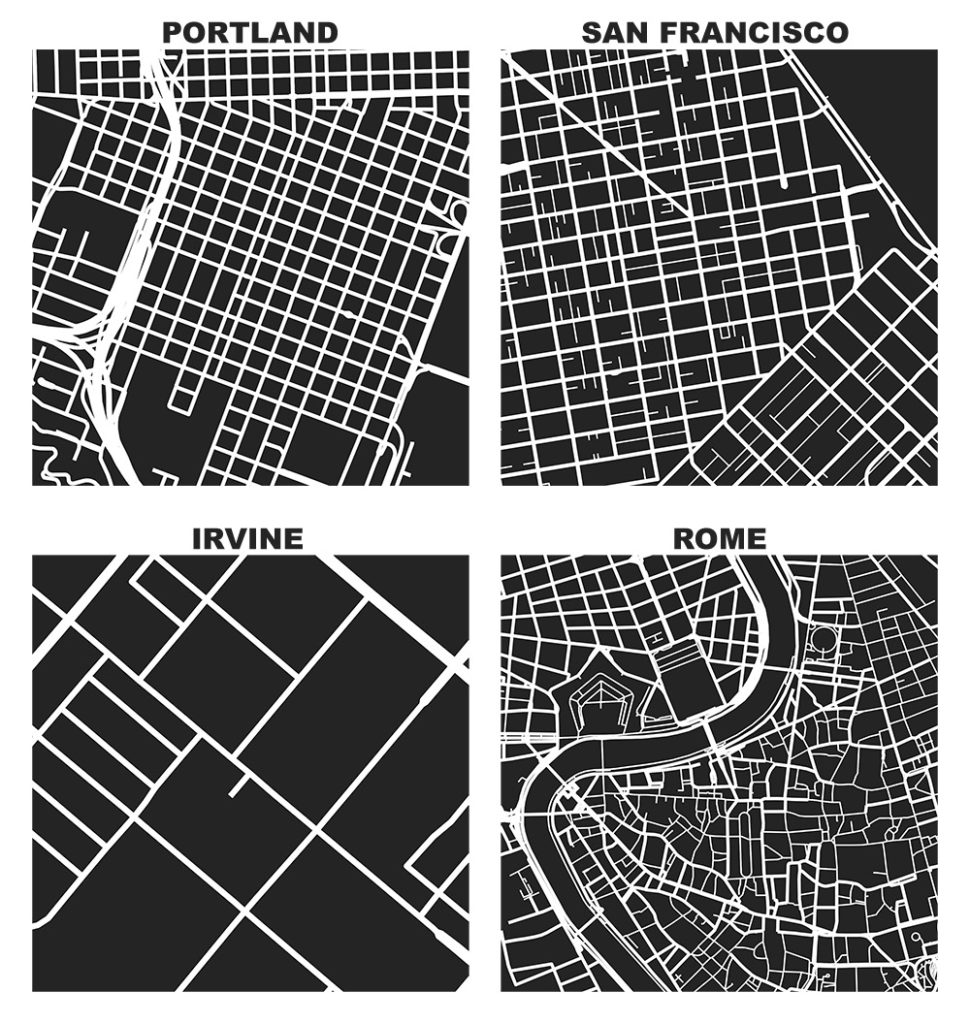I recently published an article in Transfers Magazine with Billy Riggs questioning some of the received wisdom about one-way streets and efficiency. This builds on our recent research published in JPER modeling vehicle distance traveled before and after hypothetical one-way to two-way street conversions.
Categories
Rethinking the One-Way Street
- Post author By gboeing
- Post date 2024-01-31
- No Comments on Rethinking the One-Way Street
